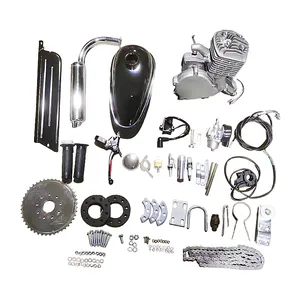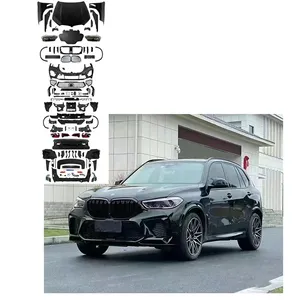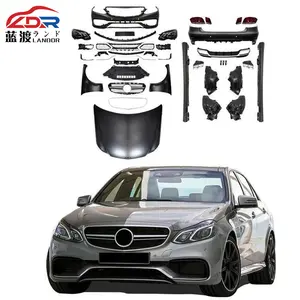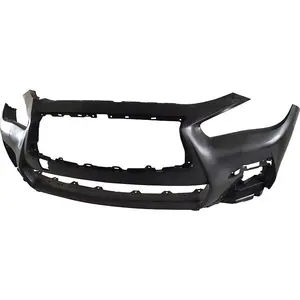Popular in your industry

























































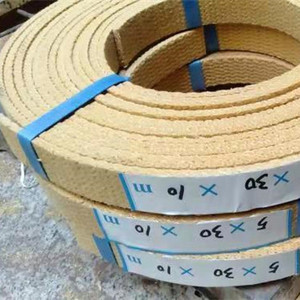








Related Searches:

























































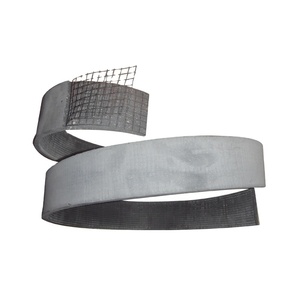









































































Top categories
About ship brake lining
Understanding Ship Brake Lining
Ship brake lining is a critical component in the maritime industry, playing a vital role in the safety and maintenance of various vessels. This specialized lining is designed to withstand the unique conditions at sea, ensuring that ships can effectively slow down or stop when necessary. The importance of this component cannot be overstated, as it directly impacts the operational integrity of a ship's braking system.
Types and Applications
There are several types of ship brake linings, each suited to different applications within the maritime sector. The common types include asbestos-free linings, which are essential for health and safety compliance, and organic linings known for their noise reduction capabilities. These linings are used in various parts of a ship's brake system, including winches, cranes, and anchor handling systems, ensuring that all braking mechanisms function seamlessly.
Features and Materials
The materials used in ship brake linings are selected for their durability and resistance to harsh marine environments. Semi-metallic materials are commonly used for their high heat resistance and longevity, making them ideal for ships that undergo frequent and intense braking. The design of these linings often includes features that allow for efficient heat dissipation, reducing the risk of brake fade during prolonged use.
Advantages of Quality Ship Brake Lining
Investing in quality ship brake linings comes with several advantages. These linings are engineered to provide consistent friction and stopping power, which is crucial for the safety of the vessel and its crew. Additionally, superior linings tend to have a longer service life, reducing the need for frequent replacements and thus minimizing downtime for maintenance.
Maintenance and Replacement Considerations
Regular maintenance checks are imperative for ship brake linings to ensure they remain in optimal condition. Factors such as lining thickness and wear patterns should be monitored to determine the appropriate timing for replacements. It is essential to select the right type of lining for the specific needs of a ship, taking into account the typical load and frequency of brake use.
Conclusion
In conclusion, ship brake lining is a fundamental aspect of maritime safety. The selection of appropriate materials and types, coupled with regular maintenance, can significantly enhance the performance and reliability of a ship's braking system. For those in the shipping industry, understanding and investing in the right brake linings is not just a matter of compliance, but a commitment to safety and efficiency at sea.
